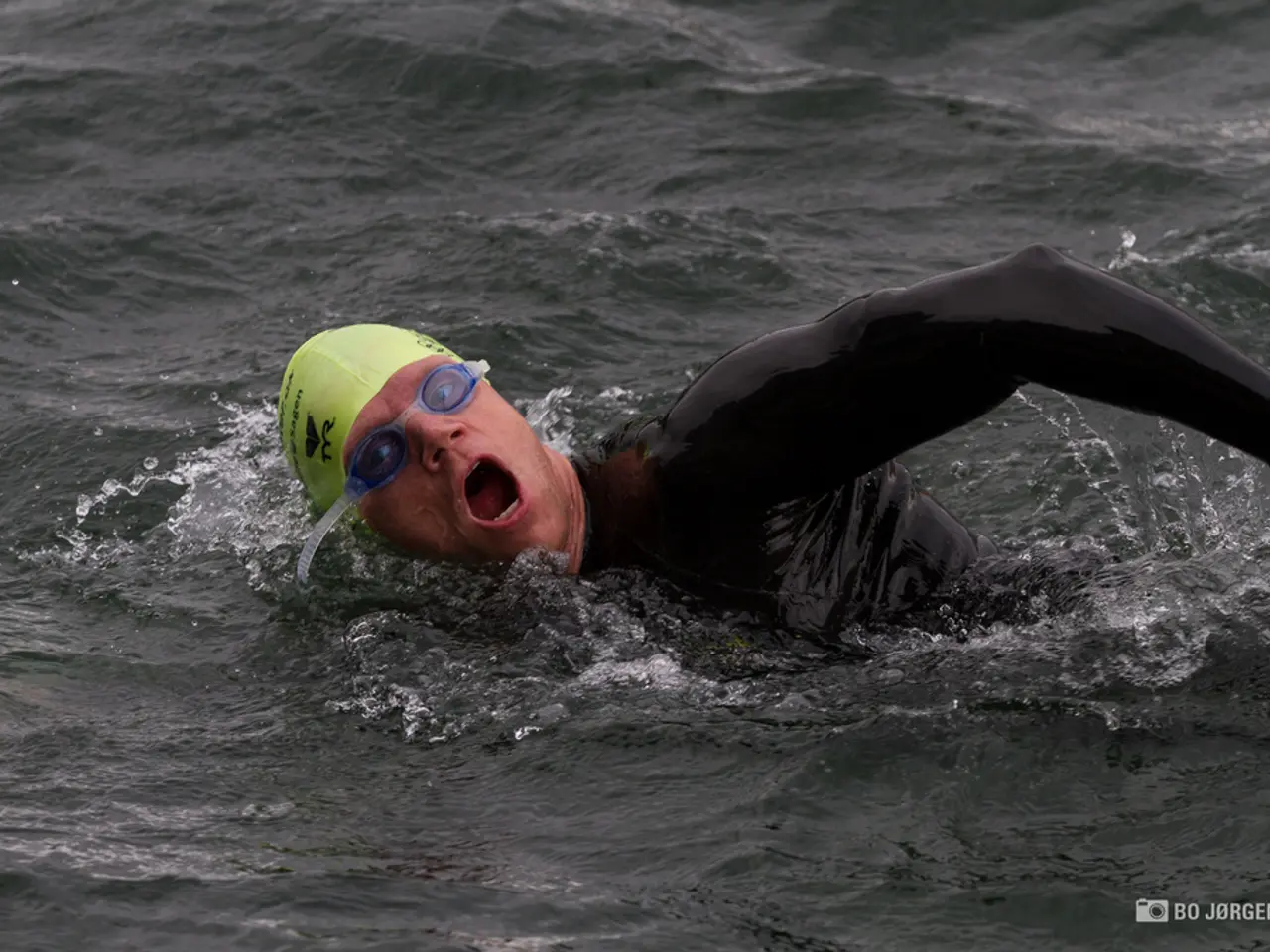Water Hypersensitivity: Recognizing Symptoms, Exploring Causes, Discussing Treatment Options, and Answering Frequently Asked Questions
Water allergy, also known as aquagenic urticaria, is a rare condition that causes itchy hives and swelling when the skin comes into contact with water. This unusual reaction can occur from various water sources, including sweat and tears, and affects approximately 100 individuals worldwide.
Symptoms of water allergy include skin lesions, a burning sensation, inflammation, reddening of the skin, itching, and in some severe cases, shortness of breath and wheezing. Hives caused by water allergy are usually small, ranging from 1-3 millimeters in size.
To diagnose water allergy, doctors rely on a physical examination and a review of a person's medical history. The water challenge test, involving a warm (95°F or 35°C) damp cloth on the skin, is used to confirm the diagnosis. This test helps differentiate water allergy from other types of urticaria, such as cold urticaria and cholinergic urticaria.
Common types of urticaria that can be confused with water allergy include cold contact urticaria, dermographic urticaria, cholinergic urticaria, and contact urticaria. These conditions, while sharing some similarities with water allergy, have different triggers and management approaches.
Cold contact urticaria is triggered by exposure to cold air, water, or wind, while dermographic urticaria is caused by scratching or rubbing the skin. Cholinergic urticaria is triggered by increased body temperature, sweating, or exercise, and contact urticaria is caused by touching certain substances.
In treating water allergy, topical therapies such as oil-based emulsions and petrolatum-containing creams may provide relief for some individuals. Oral antihistamines are often the first line of treatment for water allergy symptoms. Selective serotonin reuptake inhibitors (SSRIs) and the asthma medication Omalizumab have also shown promise in managing the condition.
In cases where oral and topical treatments are ineffective, phototherapy involving UV radiation may be used. Further research into the causes of water allergies is necessary to better understand the condition and develop more effective treatments.
Stanozolol, an anabolic steroid, has been found to help treat water allergy in some cases, but more research is needed to confirm its effectiveness and safety.
While water allergy is a rare condition, understanding its symptoms and potential causes can help individuals manage and treat the condition effectively. If you suspect you or someone you know may have water allergy, it is essential to consult a healthcare professional for a proper diagnosis and treatment plan.
Hives, a common symptom of water allergy, are usually small, ranging from 1-3 millimeters in size. Other medical-conditions like cold contact urticaria, dermographic urticaria, cholinergic urticaria, and contact urticaria can be confused with water allergy but have different triggers and management approaches. For diagnosis, doctors often rely on a physical examination, a review of a person's medical history, and the water challenge test.
In treating water allergy, topical therapies and oral antihistamines are often used, with some promising results from the use of selective serotonin reuptake inhibitors (SSRIs) and Omalizumab. If oral and topical treatments are ineffective, phototherapy involving UV radiation may be considered. Further research is essential to understand the causes of water allergies and develop more effective treatments. In some cases, anabolic steroids like Stanozolol have shown potential, but more research is needed to confirm their effectiveness and safety.
Given its rarity, having knowledge about water allergy's symptoms and potential causes can help individuals manage and treat it effectively. Therefore, if you or someone you know may have water allergy, it's crucial to consult a healthcare professional for a accurate diagnosis and treatment plan. Proper understanding of skin-conditions, health-and-wellness, mental-health, and skin-care is vital in such circumstances.




